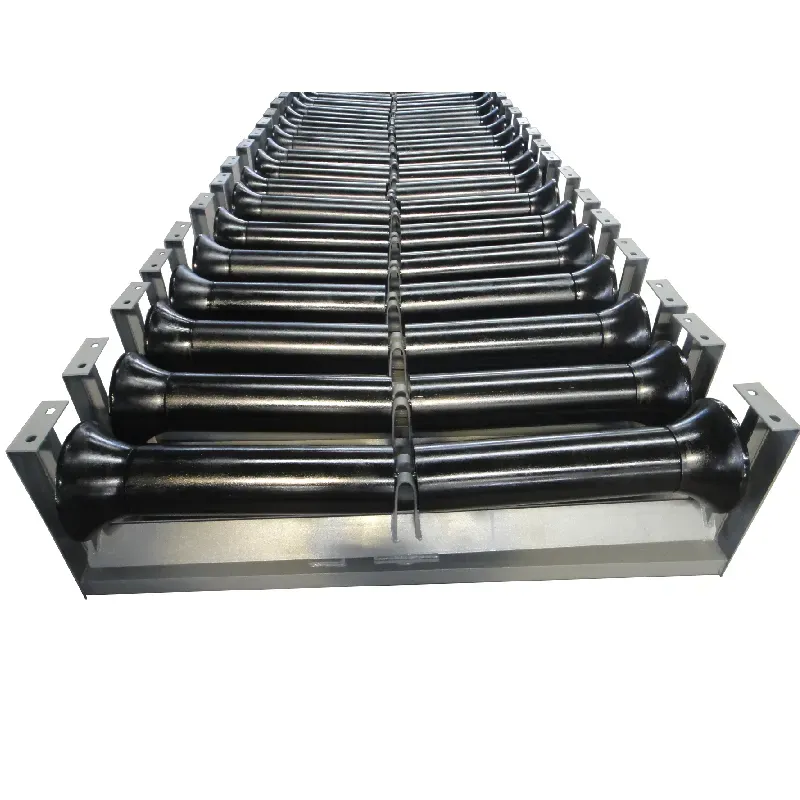 Afrikaans
Afrikaans  Albanian
Albanian  Amharic
Amharic  Arabic
Arabic  Armenian
Armenian  Azerbaijani
Azerbaijani  Basque
Basque  Belarusian
Belarusian  Bengali
Bengali  Bosnian
Bosnian  Bulgarian
Bulgarian  Catalan
Catalan  Cebuano
Cebuano  Corsican
Corsican  Croatian
Croatian  Czech
Czech  Danish
Danish  Dutch
Dutch  English
English  Esperanto
Esperanto  Estonian
Estonian  Finnish
Finnish  French
French  Frisian
Frisian  Galician
Galician  Georgian
Georgian  German
German  Greek
Greek  Gujarati
Gujarati  Haitian Creole
Haitian Creole  hausa
hausa  hawaiian
hawaiian  Hebrew
Hebrew  Hindi
Hindi  Miao
Miao  Hungarian
Hungarian  Icelandic
Icelandic  igbo
igbo  Indonesian
Indonesian  irish
irish  Italian
Italian  Japanese
Japanese  Javanese
Javanese  Kannada
Kannada  kazakh
kazakh  Khmer
Khmer  Rwandese
Rwandese  Korean
Korean  Kurdish
Kurdish  Kyrgyz
Kyrgyz  Lao
Lao  Latin
Latin  Latvian
Latvian  Lithuanian
Lithuanian  Luxembourgish
Luxembourgish  Macedonian
Macedonian  Malgashi
Malgashi  Malay
Malay  Malayalam
Malayalam  Maltese
Maltese  Maori
Maori  Marathi
Marathi  Mongolian
Mongolian  Myanmar
Myanmar  Nepali
Nepali  Norwegian
Norwegian  Norwegian
Norwegian  Occitan
Occitan  Pashto
Pashto  Persian
Persian  Polish
Polish  Portuguese
Portuguese  Punjabi
Punjabi  Romanian
Romanian  Russian
Russian  Samoan
Samoan  Scottish Gaelic
Scottish Gaelic  Serbian
Serbian  Sesotho
Sesotho  Shona
Shona  Sindhi
Sindhi  Sinhala
Sinhala  Slovak
Slovak  Slovenian
Slovenian  Somali
Somali  Spanish
Spanish  Sundanese
Sundanese  Swahili
Swahili  Swedish
Swedish  Tagalog
Tagalog  Tajik
Tajik  Tamil
Tamil  Tatar
Tatar  Telugu
Telugu  Thai
Thai  Turkish
Turkish  Turkmen
Turkmen  Ukrainian
Ukrainian  Urdu
Urdu  Uighur
Uighur  Uzbek
Uzbek  Vietnamese
Vietnamese  Welsh
Welsh  Bantu
Bantu  Yiddish
Yiddish  Yoruba
Yoruba  Zulu
Zulu Belt Tensioning Idler Roller for Enhanced Conveyor Performance and Efficiency
Understanding Belt Idler Rollers Essential Components in Conveyor Systems
Belt idler rollers are crucial components in the functionality and efficiency of conveyor systems. Whether in manufacturing, mining, or material handling industries, they play a significant role in supporting the conveyor belt, helping to maintain its alignment, and ensuring smooth transportation of materials. This article delves into the importance, types, and maintenance of belt idler rollers.
What are Belt Idler Rollers?
Belt idler rollers are cylindrical devices mounted on a frame that supports the conveyor belt between the drive pulley and the take-up pulley. They ensure that the belt remains taut, reducing sagging, and helping to maintain proper tracking. Idler rollers also minimize friction, thus facilitating the movement of materials across the belt. Their design not only contributes to the efficiency of the conveyor system but also extends the lifetime of the belt itself.
Importance of Belt Idler Rollers
1. Support and Stability Idler rollers provide necessary support to the conveyor belt, preventing it from collapsing under the weight of the materials. This support is critical, especially in applications that involve heavy loads.
2. Reduction of Wear By ensuring smooth operation, idler rollers reduce the wear and tear on both the belt and the rollers themselves. This ultimately leads to lower replacement costs and increased uptime for the conveyor system.
3. Alignment Control Properly maintained idler rollers keep the conveyor belt aligned. Misalignment can lead to the belt drifting off the track, causing damage and potential safety hazards.
4. Improved Efficiency With reduced friction and better tracking, the entire conveyor system operates more efficiently. This efficiency translates to energy savings and increased productivity.
Types of Belt Idler Rollers
Belt idler rollers can be classified into various types based on their design and application. Some of the common types include
- Crowned Rollers These rollers have a slight dome shape, which helps in keeping the belt centered. They are particularly useful in preventing belt misalignment.
belt idler roller

- Flat Rollers Commonly used in standard applications, flat rollers support the belt evenly. They are simple in design yet effective in many industrial contexts.
- Troughing Rollers Featuring a V-shaped design, troughing rollers help to support the belt in a way that forms a trough for carrying loose materials. This design helps in preventing spillage and facilitates efficient loading.
- Return Rollers Operating on the underside of the conveyor, return rollers support the belt as it returns to the starting point. They play a vital role in maintaining tension and alignment during this phase.
Maintenance of Belt Idler Rollers
Regular maintenance of idler rollers is essential to ensure the longevity and efficiency of the conveyor system. Here are some critical maintenance practices
1. Routine Inspections Regularly inspect idler rollers for signs of wear, damage, or misalignment. Early detection of issues can prevent more significant problems down the line.
2. Lubrication Ensuring that roller bearings are adequately lubricated can significantly reduce friction and wear. It is essential to choose the right lubricant based on the operational environment.
3. Cleaning Keeping the idler rollers clean from dust, debris, and materials can improve their performance. Regular cleaning minimizes the risk of contamination that can lead to premature wear.
4. Replacement Over time, rollers can become damaged or worn out. Implementing a systematic approach to replace faulty rollers can prevent operational disruptions.
Conclusion
Belt idler rollers may seem like small components within the larger mechanism of conveyor systems, but their impact on performance and efficiency is undeniable. By supporting the conveyor belt, maintaining its alignment, and reducing wear, they play an essential role in ensuring that materials are transported smoothly and effectively. Regular maintenance of these rollers is vital to the longevity of the entire conveyor system, making it critical for industries that rely on efficient material handling solutions. Investing in quality idler rollers and adhering to a rigorous maintenance schedule can significantly enhance operational reliability and productivity.
-
Revolutionizing Conveyor Reliability with Advanced Rubber Lagging PulleysNewsJul.22,2025
-
Powering Precision and Durability with Expert Manufacturers of Conveyor ComponentsNewsJul.22,2025
-
Optimizing Conveyor Systems with Advanced Conveyor AccessoriesNewsJul.22,2025
-
Maximize Conveyor Efficiency with Quality Conveyor Idler PulleysNewsJul.22,2025
-
Future-Proof Your Conveyor System with High-Performance Polyurethane RollerNewsJul.22,2025
-
Driving Efficiency Forward with Quality Idlers and RollersNewsJul.22,2025





























